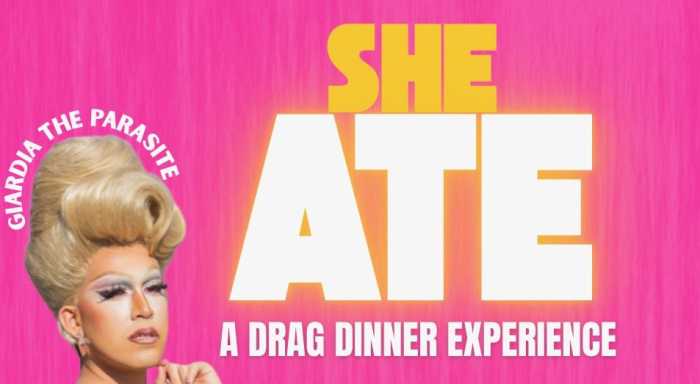There are occasions when fashion slips its seams and enters the realm of history. Such was the debut of Natty Belle during this most recent New York Fashion Week. Designer Natalie Bell chose not a conventional runway but Summit Rock in Central Park—once the site of Seneca Village, a nineteenth-century community of free Black families who built homes, churches, and schools before the land was claimed for the park.
To stage her collection here was to return memory to the soil, to let artistry converse with ancestry. The presentation in the park was elegant, historical, and an ode to the South—a tribute to a legacy that weaves sorrow into stylistic beauty with poise and light. Perched on the high rock, the women stepped as if into the pages of Vogue from another century, silhouettes catching the last honeyed light of day.
As the sun descended, the gathering unfolded not as spectacle but as ceremony. Women in the Spring/Summer 2026 collection moved with the gravitas of living archives. Earrings engraved with manifest, alignment, and abundance flashed like talismans. Each piece carried not only the gesture of a designer’s hand but the weight of imagination and lineage. The clothes whispered of continuity—that beauty persists even when history falters.
In a week often defined by velocity and noise, Bell demanded slowness. She summoned reverence. This was slow fashion not as slogan, but as philosophy: an insistence on sustainability through memory, on artistry rooted in care, on garments fashioned as vessels of belonging. Here, beauty functioned as affirmation—resistance through radiance, defiance through grace.

The evening reached its height with an intimate dinner where Dr. Angela Davis appeared as honored guest, folding time and linking generations. She spoke of freedom as the rarest luxury—something no fabric can bestow, yet something fabric can embody. Conversations that followed—over Miss Mamie’s Spoonbread Too and toasts poured by House of Brown Wines—became meditations on art’s duty to memory and liberating possibility.
Later, in a 200-year-old Chelsea carriage house, the vision expanded. “The House” became sanctuary: music by Vaughn Gray, libations flowing, and an atmosphere not of commerce but of communion. Garments were not commodities; they were liturgy—worn as hymns to belonging, joy, and sovereignty.
Natty Belle’s debut was not merely a show. It was a resurrection. It demonstrated that fashion can move beyond trend into testimony, that jewelry can read as manifesto, and that clothing can serve as scripture. When braided with memory, art and beauty become our most enduring inheritance. They survive when monuments crumble and politics shift, carrying forward the essence of what it means to live, to create, to endure.
To witness this collection was to recognize that fashion is not trivial, nor is beauty superfluous. Both are essential. They are continuity made visible. To see Natty Belle is to feel that continuity woven into the present; to support her work is to safeguard it for the future.
The invitation is clear: reach out, schedule a viewing, form alliance. This is a house being built stitch by stitch, each garment a cornerstone. Those who step inside will not only collect fashion, but participate in a legacy that lasts.
Nattybelle.com







































